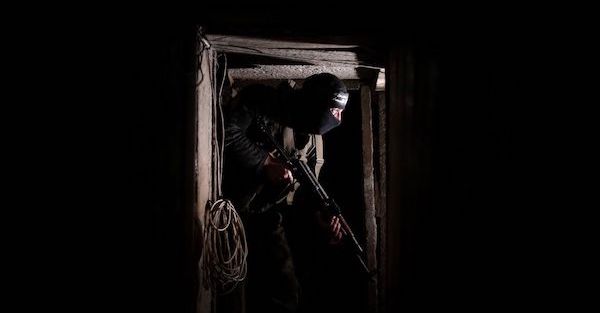Last year, as the topic of UFOs was exploding back into the mainstream, NASA convened a panel of outside experts, the UAP Independent Study Team, to assess the unclassified evidence the government had collected. (UAP, for “Unidentified Anomalous Phenomena,” is the government-approved euphemism for UFO.) The group was a science-nerd murderers’ row whose purpose was to help the space agency handle a subject that had long attracted conspiracy theories — but which was also grounds for legitimate questions, considering the unexplained objects people had been observing and recording with increasing frequency. Heading the 17-member panel was Dr. David Spergel, a longtime Princeton professor of astrophysics who in 2021 took over as president of the Simons Foundation, a $5 billion nonprofit that supports basic science research. The group held a public meeting to discuss its work in May and released its final report last month. Among its top-line findings was that it had found no evidence of extraterrestrial UFOs, but that more data would be needed to settle the matter conclusively — including data from civilians who capture unidentified phenomena. It was a circumspect conclusion that, predictably, did little to satisfy true believers on either side of the UAP divide.
Intelligencer spoke with Spergel at his office at the Simons Foundation’s building near Madison Square, where he discussed why NASA got involved in the hunt for UFOs, what the odds of finding aliens are, and whether David Duchovny really believes that the truth is out there.
Why did NASA want to get involved in UFOs?
This starts with the Navy starting to declassify a bunch of images. The most famous one is the “Tic Tac” [filmed by a U.S. Navy fighter off the coast of San Diego], which is about 20 years old now. You look at those incidents and you say, “There’s something weird going on we don’t understand.” Then, having delved into the incident a bit, you realize that you wish they collected better data. What we’re left with is hard to interpret. NASA is a scientific agency. It’s charged with investigating the unknown. And the head of NASA announced, “We’re going to weigh in on this.”
After looking at evidence declassified by the Pentagon’s UAP organization, AARO (“All-domain Anomaly Resolution Office”), the panel concluded that most reported UAPs were either balloons, drones, or airplanes. What does that tell you?
The number of drones that are up at any given moment is enormous — they’re just monitoring fires and gas pipelines and helping farmers monitor crops. There’s also a ton of balloons. It turns out that small amateur balloons below a certain size didn’t have to be reported to the FAA. There’s probably some regulatory cleanup needed to make sure that balloons at low altitudes are not a threat to pilots.
Continue reading New York: Why NASA Wants Your UFO Videos


